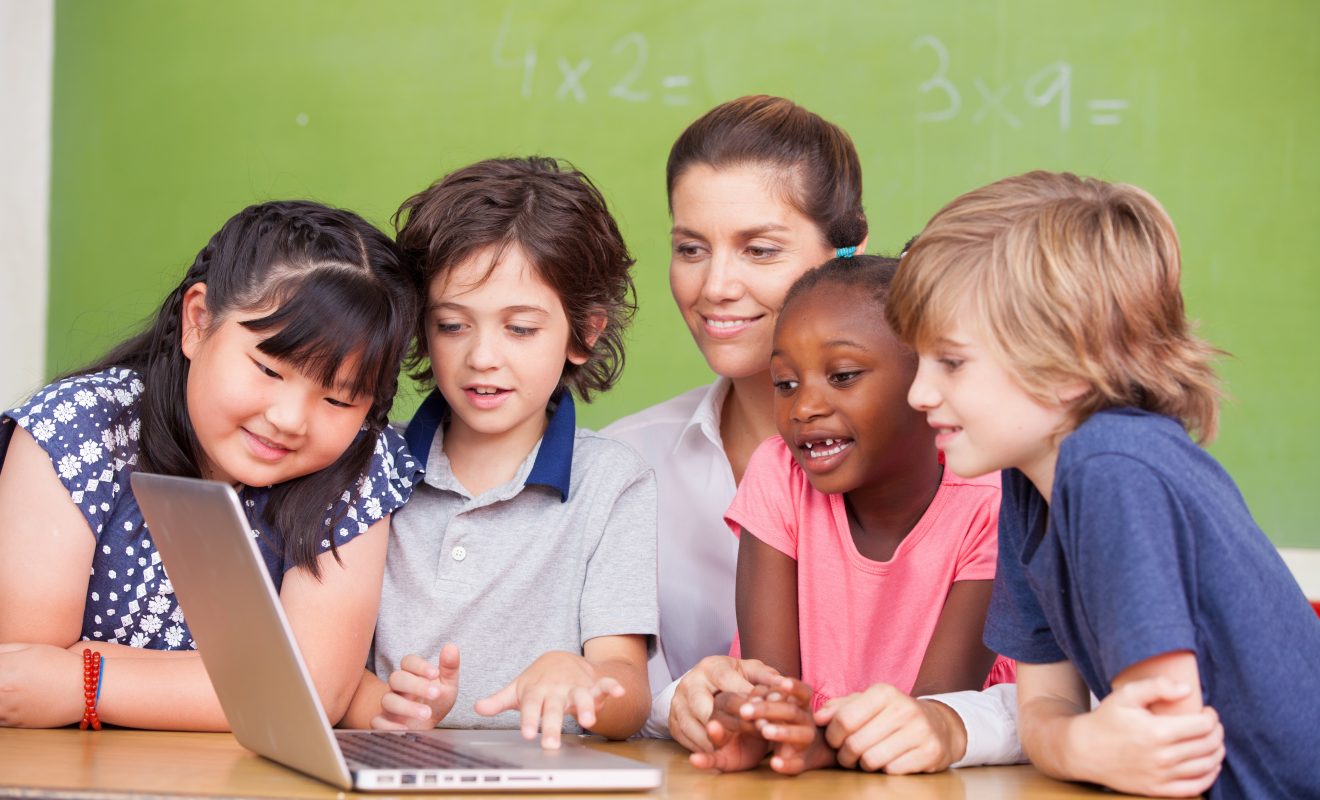
Image Source: Google
One of the most effective ways to enhance learning experiences is by using real-world examples to bring concepts to life. By connecting theoretical knowledge to practical applications, students can grasp complex topics more easily and see how they are relevant in the world around them. Real-world examples can make learning more engaging, memorable, and meaningful, helping students develop a deeper understanding of the subject matter.
When students can see how a concept is applied in real life, it can help them make connections and retain information better. For example, in a math class, instead of just solving equations on a piece of paper, students could be given real-world problems to solve, such as calculating the cost of ingredients for a recipe or determining the trajectory of a basketball shot. By applying their mathematical skills to practical situations, students can see the value of what they are learning and how it can be used in everyday scenarios.
Real-world examples can also help students see the bigger picture and understand the importance of what they are studying. For instance, in a history class, instead of just learning dates and facts, students could analyze primary sources or oral histories to understand the human impact of historical events. By examining real-life accounts of the past, students can develop empathy, critical thinking skills, and a more nuanced understanding of the complexities of history.
Furthermore, using real-world examples can help students develop problem-solving skills and adaptability. When faced with a complex issue or challenge, students who have been exposed to a variety of real-life scenarios are better equipped to think critically, evaluate different perspectives, and come up with creative solutions. By practicing problem-solving in a safe and supportive environment, students can build confidence in their abilities and become more resilient when faced with real-world challenges.
Real-world examples can also help bridge the gap between theory and practice, allowing students to see how concepts they learn in the classroom can be applied in real-world settings. For instance, in a science class, students could conduct experiments or simulations to understand scientific principles and see how they are used in research or industry. By engaging in hands-on activities, students can develop practical skills, gain a deeper appreciation for the scientific method, and understand the relevance of science in their everyday lives.
Overall, using real-world examples to enhance learning experiences is a powerful tool for educators to engage students, deepen their understanding, and foster critical thinking skills. By connecting theoretical knowledge to practical applications, students can see the relevance and significance of what they are learning, making the educational experience more meaningful and impactful. Whether in math, history, science, or any other subject, real-world examples can bring concepts to life and inspire students to become lifelong learners who are curious, creative, and adaptable in a rapidly changing world.